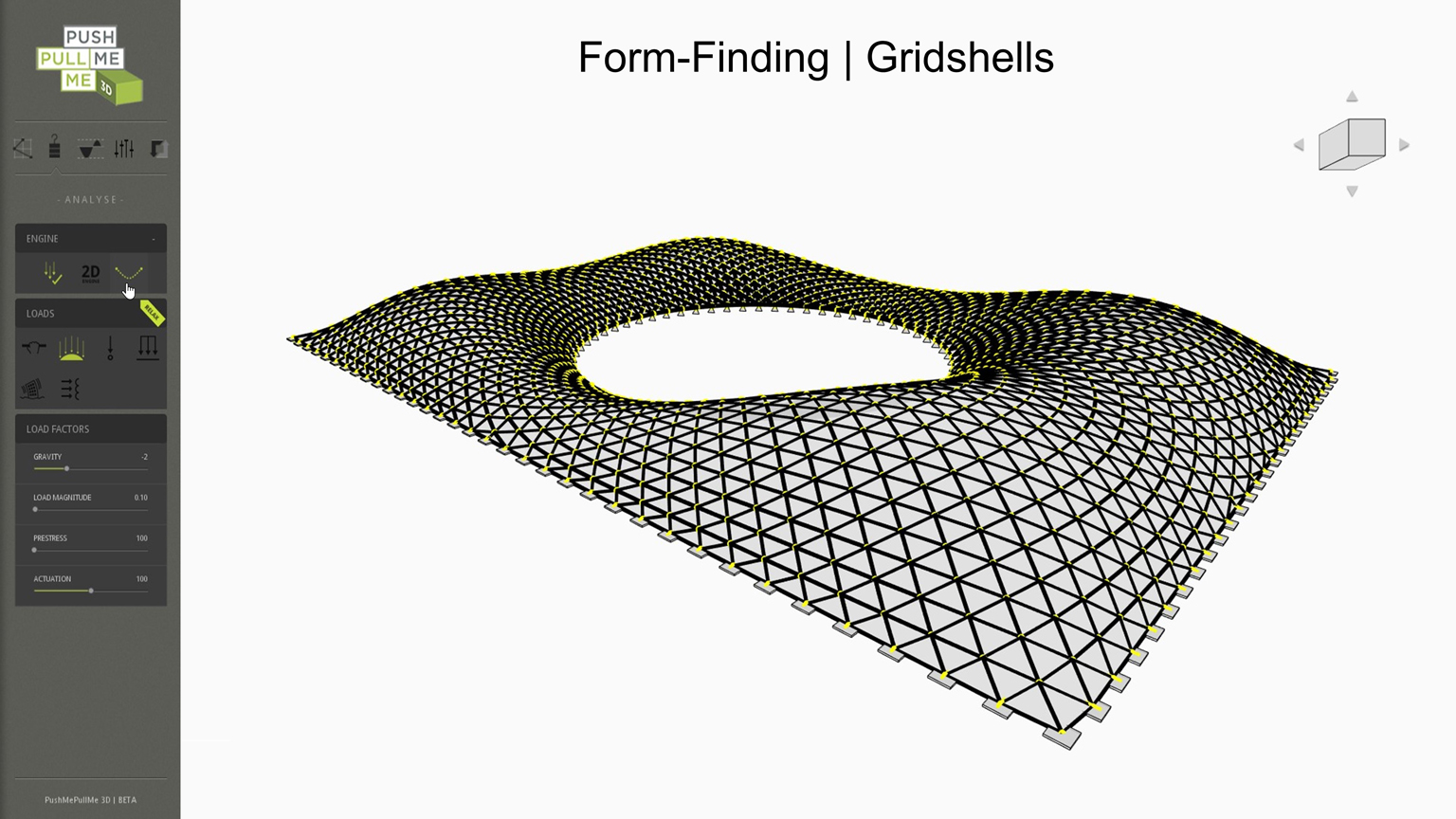
catching objects and object manipulation. It also has a role in achieving motor functions, e.g. The Broca’s Area mediates sequencing as well in general, even in the visuospatial domain. The entire frontal speech area in the lower frontal gyrus is the integration site. It is considered that BA 44 and BA 46 have roles in phonological processes, 44 and 45 in syntactic processes and 45 and 47 in semantic processes. production and understanding of speech, thematic aspects of speech, role in working and episodic memory, motor inhibition within executive functions, recognizing known scents and enjoying music. There are also assumptions that this area mediates working memory in the domain of semantics, non-verbal information, and long-term declarative memory ( 2).Īs the key Broca’s Area parts, the Fields or Areas 44 and 45 also have many things in common. Functions of the Broca’s Areaīroca's zone is assumed to be responsible for creating programs for production of language symbols and executing commands for the primary motor field (Broca’s Area 4) where the impulses are sent from into the muscles of the larynx, palate, tongue, and lips, which enable processes of articulation and phonation. The Brodman area 45 is connected via the capsulaeextremae fiber system, and the frontal operculum via fasciculus uncinatus with the anterior temporal cortex ( 1). The Broca’s area is connected to the temporal cortex in the following way: the Brodman Area 44 is connected by a dorsal pathway containing both fasciculus arcuatus and fasciculus longitudinalis superior. Area 44 is divided into dorsal and ventral regions by composition of neurons and receptors and is slightly larger in the left than in the right hemisphere of the brain.Īrea 45 is divided into the anterior and posterior parts and is approximately the same size in both hemispheres of the brain ( 1).

The Broca’s area is located in the posterior part of the lower frontal winding of the left hemisphere.


 0 kommentar(er)
0 kommentar(er)
